Date: 24 April 2006
Its launch marks a new alternative to pure organic plastic glazing or other existing glass-glass type laminates.
Applied to a single layer of glass, Spallshield® provides up to eight times the impact performance versus standard laminated glass, while weighing up to 30 percent less. The business views the introduction of the glass-plastic composite as a "revolution in safety glass technology," and a response to OEM efforts to design ever larger sunroof systems into vehicle production. The immediate success of the new technology is reflected by its adoption in Mercedes-Benz S and R Series models during the second half of 2005.
The market for sunroofs in vehicles is experiencing constant and steady growth of approximately 10 to 15 percent per annum. At the same, driver requirements for increased daylight and space perception within the vehicle are driving the development of larger, so-called 'panoramic' sunroofs - in some cases constituting over one square metre of glass fitted within the roof. However, as sunroofs grow in size, so do concerns primarily around safety - the disintegration of the glass in the event of an impact and the potential ejection of passengers - and weight.
Until present, existing sunroof glass technologies have been based around the use of either tempered glass or standard laminated glass. Single-layer tempered glass, the traditional, lower-cost material alternative, is viewed as relatively heavy for larger sunroofs, and represents a potential danger for passengers in the event of an impact. Greater impact resistance is provided by standard laminated glass, whereby an interlayer of polyvinyl butyral film (PVB) is sandwiched between two sheets of glass, although weight, resulting from its dual glass-layer composition, remains an issue.
DuPont has used its own scientific expertise in glass technology to combine the positive attributes of plastic, laminated and tempered glass. Spallshield® is a composite of PVB and polyethylene terephthalate (PET), with an additional anti-scratch coating on the PET, which can be applied to a single, standard layer of glass using traditional glass lamination processes. It provides all the benefits of standard laminated glass, such as excellent weathering, scratch and chemical resistance, yet is up to eight times stronger and is 25 to 30 percent lighter than laminated glass.
In addition the DuPont Spallshield® plastic composite provides excellent protection against spalling, should the glass be broken. The PET film, laminated with the glass, serves as a spall protection layer (or shield) which keeps the dangerous glass shards in place until replacement of the part. Standard laminated glass, which has an 'unshielded' layer of glass facing towards the interior of the vehicle, or traditional tempered glass, are unable to provide the same level of protection. In fact, because of its excellence anti-spalling features, Spallshield® plastic composites have been used in bullet-resistant and hurricane glass applications for the last 25 years.
Commenting on the launch of Spallshield® , Hayati Yarkadas, global marketing manager for DuPont Glass Laminating Solutions said: "The automotive industry has been looking for a glazing solution that combines the positive attributes of plastic and glass. DuPont Spallshield® enables this marriage. Glass provides the stiffness and mechanical strength, while Spallshield® increases impact performance, both outwards and inwards, and eliminates the need for a second layer of glass, thus reducing overall weight."
Spallshield® made its global market premiere in sunroof systems incorporated in the new S and R Class models from Mercedes-Benz, launched during the second half of 2005. At the same time, the technology is being considered for use on some 14 other vehicles. Beyond existing sunroof applications, it is also being considered for sidelights and backlights.




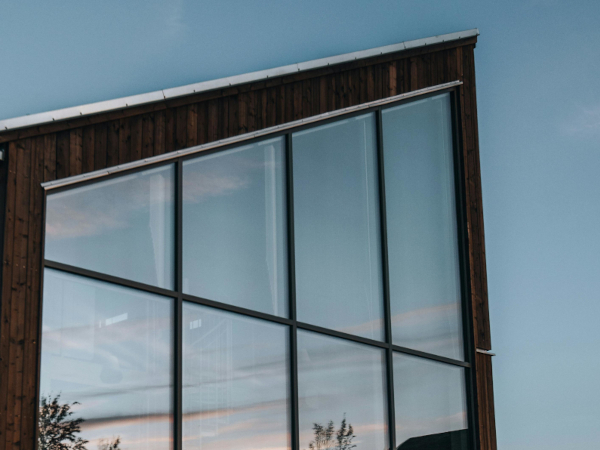





















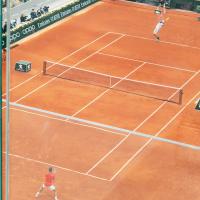


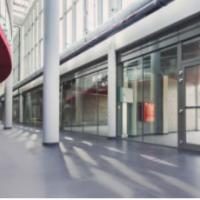
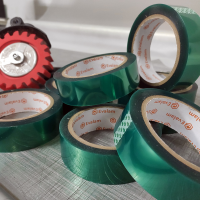
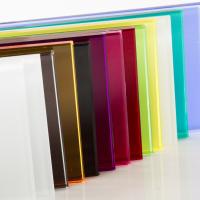
Add new comment